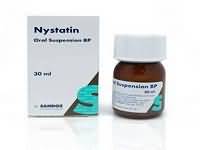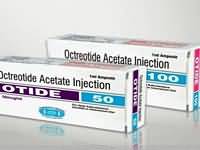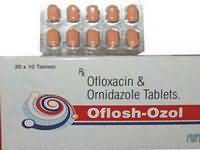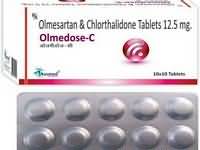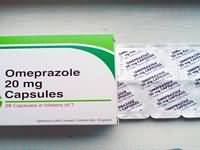protamine sulphate

CLINICAL USE
Counteract anticoagulant effect of heparinDOSE IN NORMAL RENAL FUNCTION
Depends on time since stopping IV/subcutaneous heparin and dose of heparin givenPHARMACOKINETICS
DOSE IN RENAL IMPAIRMENT
GFR (mL/MIN)
DOSE IN PATIENTS UNDERGOING RENAL REPLACEMENT THERAPIES
IMPORTANT DRUG INTERACTIONS
Potentially hazardous interactions with other drugsADMINISTRATION
Reconstition
–Route
–Rate of Administration
5 mg/minuteComments
–OTHER INFORMATION
Counteracting the anticoagulant effect of heparin during extra-corporeal treatments requires approximately 1.5 mg protamine per 100 IU heparinMost clinicians recommend a dose of 1–1.5 mg protamine sulphate for each 100 units heparin given depending on the length of time since heparin administrationMay be used topically to stop bleeding fistulae
See how to identify renal failure stages according to GFR calculation
See how to diagnose irreversible renal disease
Home

